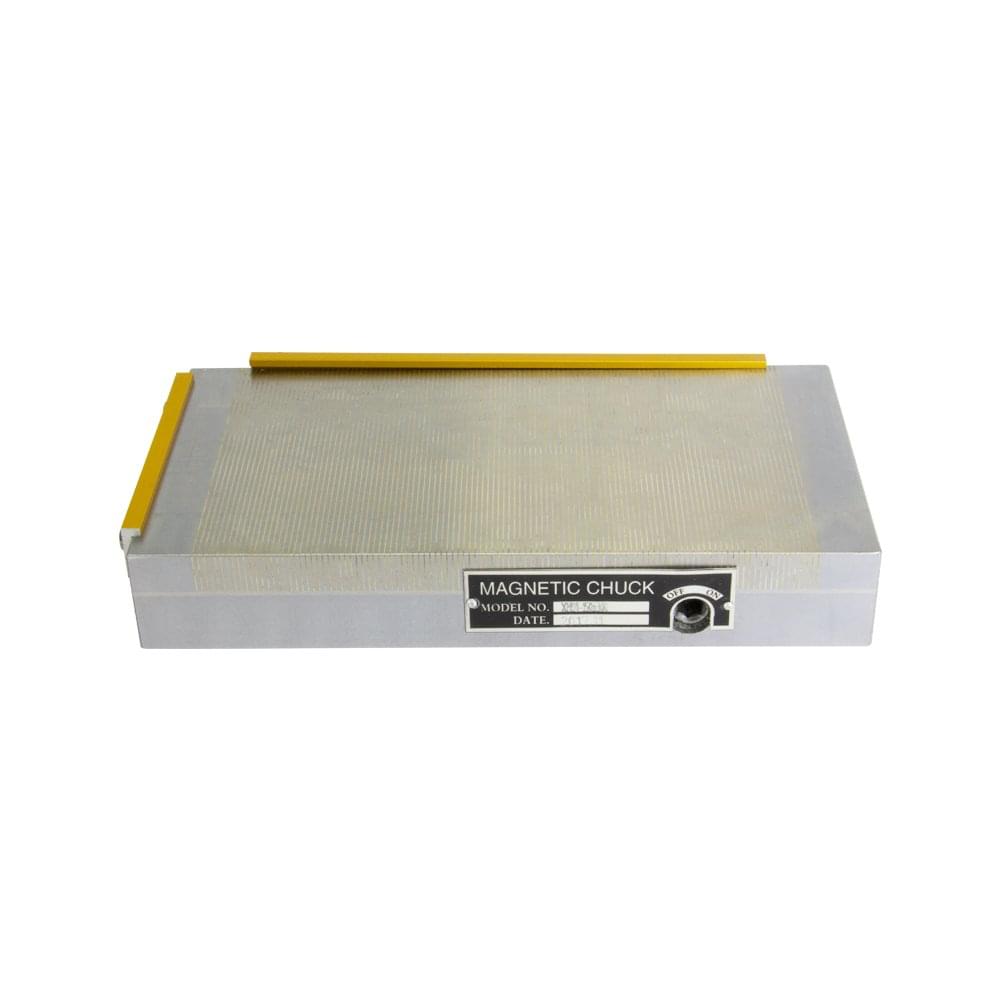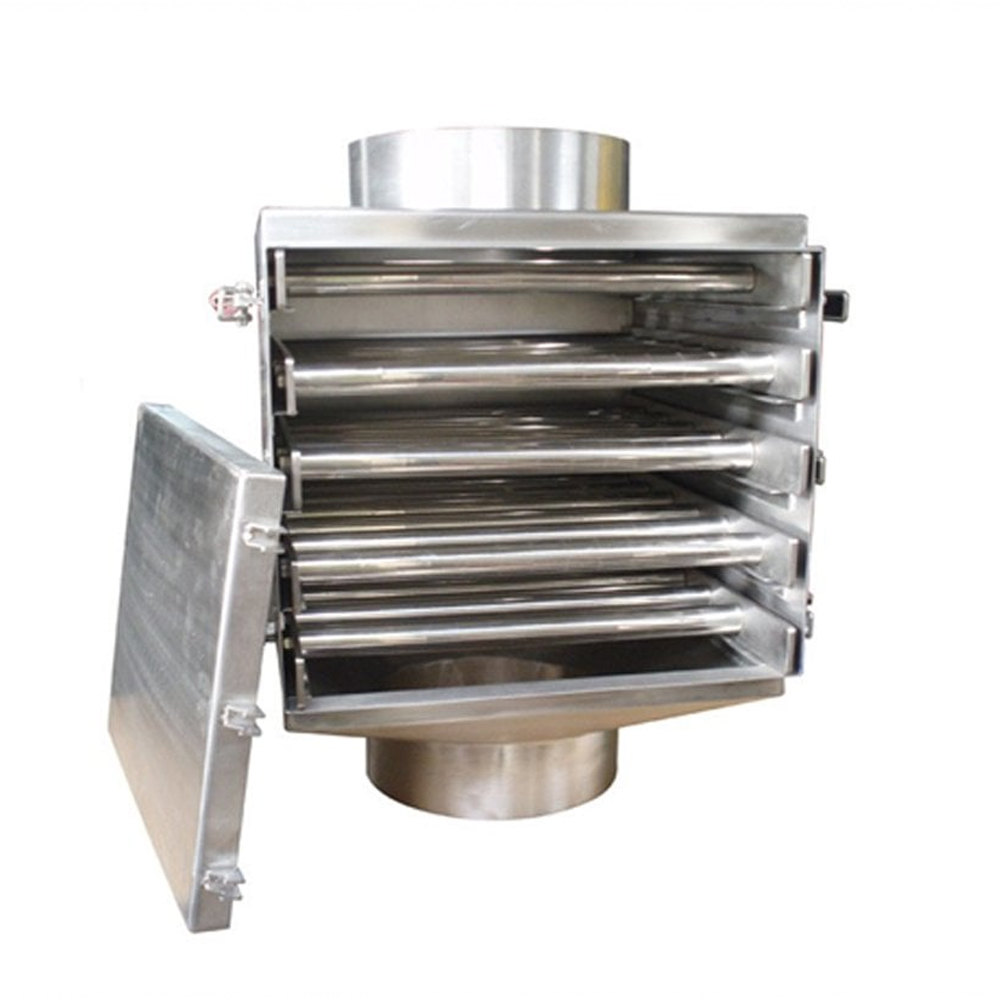Magnets play a key role in numerous industries, in particular, the automotive industry our magnets are used throughout the industry starting with the concept development process for a new model, throughout the assembly, and culminating with that unforgettable new car experience for customers.
Trusted by household names such as Bentley, Mercedes, Toyota, Honda, Caterpillar, JCB, and many more you will find our magnets reliably incorporated into finished vehicles and playing key roles in automated assembly lines.
During assembly, magnets hold, clamp, and lift components safely as they are machined and moved from stage to stage.
While in finished vehicles you will find our magnets providing vital functions in switching, sensing, and safety features. Even something as simple as the opening and shutting of a glovebox can be improved with our magnets.
Holding of Parts on the Production Line
Magnets are used in various aspects of building a car, from the production line to the finished product. To hold parts in place during production, manufacturers will install heavy-duty magnets to lift heavy components of the vehicle, including the outer shell and doors.
This helps to keep them still for fittings, whilst managing the workload.
ABS Braking Systems
Anti-lock braking systems are designed to help vehicles come to a stop quicker, whilst allowing drivers to steer as the car slows down. In essence, this helps to prevent accidents. Magnets are used in ABS systems to help attach them to the car and keep them in place.
They are instantly attached, and the magnetism is permanent, unlike that of electromagnets where an electrical source is required.
Seat Belt Detection
Nowadays more often than not, cars will detect if a seat belt is clipped in and will sound an irritating noise if it cannot detect anything; forcing you to put your seat belt on.
These systems use reed switches that change the flow of electricity depending on the presence of a magnet and the type of reed switch.
Door Positioning
Modern-day cars have inbuilt alarms that will alert drivers to doors that are not shut properly, the doors operate on a reed switch system where the flow of electricity to the alarm depends on whether the magnet inside the door is in contact with the reed switch.
If it does not detect the magnet, it will sound and alert you to the door.
Car Roof or “Taxi” Magnets
One widely recognised example of magnets in the automotive industry is car roof applications, otherwise known as “Taxi Magnets” because of their widespread use of holding taxi signs to the roofs of cars.
The magnets used in this instance are called clamping magnets and are used to attach a sign to the roof of the car without the risk of scratching the paintwork or the sign sliding around.
Tracking Systems
The final aspect where magnets are utilised in cars is in the tracking system. While a car moves, manoeuvre speed bumps, and rides along uneven surfaces, parts of the car can judder around. It is important to keep the tracking system in place so that it can continue to function correctly.
For this application, cars use super-strong Neodymium magnets to keep the tracking system secure, often using magnets with an excessive hold to be sure.
Do You Require Magnets For Your Automotive Business?
Be sure to source your magnets from a reliable manufacturer and supplier and understand the magnetic materials used in them and their capacity.
Here at Magnet Expert, we welcome any inquiry about magnets and their applications. Contact us today at 0845 519 4701 or please feel free to email us at sales@magnetexpert.com.


